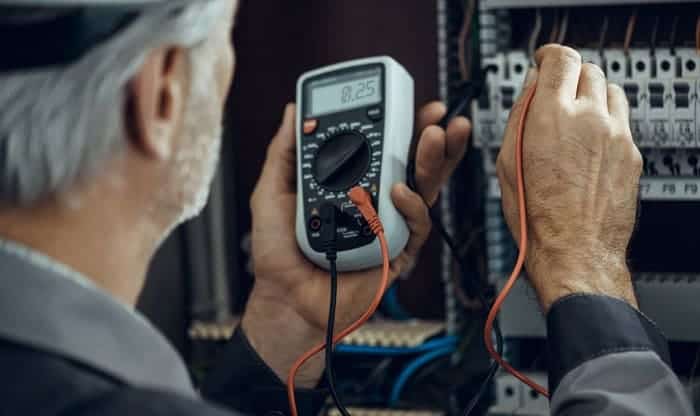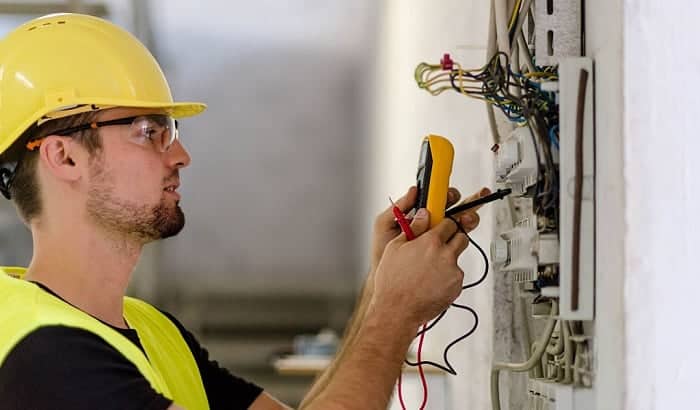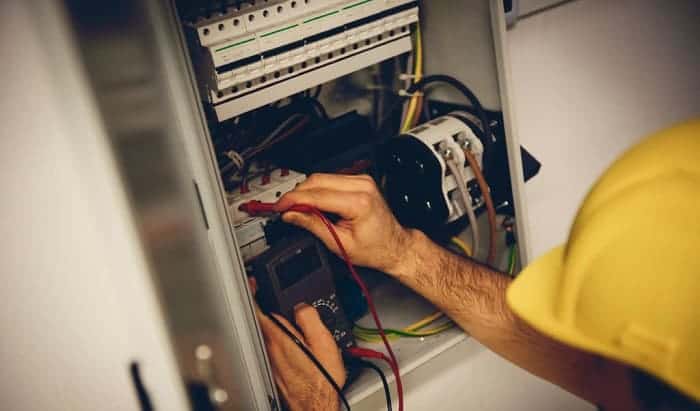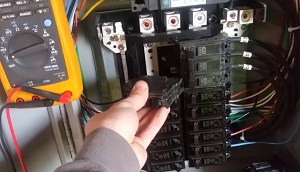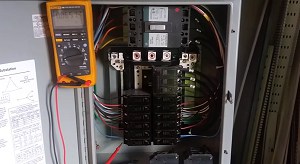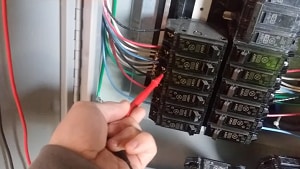It’s wise for you to learn how to test a circuit breaker with a digital multimeter. If you know how to do that, you can do basic troubleshooting without calling an electrician, thus saving you time and money.
Table of Contents
How to Test a Circuit Breaker Using a Digital Multimeter
Tools You Need
The tools you need to test your circuit breaker are:
- Digital multimeter
- Flathead screwdriver to uncover the circuit breaker box
You can use any type or brand of a digital multimeter to measure any current. What is important is that you know the right setting for your application to prevent breaking the multimeter. You can watch this video tutorial by Ratchets and Wrenches to learn about testing an AC voltage using a digital multimeter.
You can check your circuit breaker using a digital multimeter in two ways.
- Voltage Testing
You can check the voltage of your circuit breaker directly in the panel. You should be careful when doing this as you will be working with live electricity. If the voltage reads zero or below the standard, then your circuit breaker might be faulty.
- Test the Resistance
You can also find a faulty circuit breaker by checking its resistance using your digital multimeter. This method is best recommended for circuit breaker replacements before you install it in your panel. This is also a safer way to check circuit breakers since you don’t need live power to test them.
Instructions to Check Circuit Breaker Voltage
Step 1: Open your Circuit Breaker
Unscrew the circuit breaker cover using your flathead screwdriver. Make sure to hold it before you remove the last screw to prevent accidents. It is better to have some assistance when uncovering your circuit breaker panel to keep it from falling.
Step 2: Set the Multimeter to AC Voltage
Rotate the dial of your multimeter to AC voltage, then put your black test lead in the common socket terminal and red test lead in the voltage socket terminal. Please note that some digital multimeters require setting the appropriate voltage. If that is the case, set the multimeter’s dial to a higher voltage than what you have (usually 120 V).
After setting up your device correctly, you can go to the next step.
Step 3: Testing Your Circuit Breaker
To test the voltage of your single pole circuit breaker, you need to put your black or common lead to the ground of your breaker panel. After that, put your red lead in the hot wire of the circuit breaker you want to test. The reading should be around 120-volts for a single-pole breaker.
If your reading is very low or zero voltage, your circuit breaker is bad and needs to be replaced.
To test a 220-volt double pole circuit breaker, you need to put your digital multimeter’s red and black lead directly to the breaker terminal. The reading should be around 240-volt, and you must test your double pole breaker one by one.
To test one side of your double pole circuit breaker, put your common lead to the ground of your panel and the hot lead directly to one side of the terminal of the circuit breaker, then transfer to the other terminal to test the other side of the double pole breaker. They should both be near 125 volts.
If the other side of your double pole breaker is zero, you have a bad circuit breaker, and you require a replacement.
For more information, you can watch this video tutorial made by TheElectricalDoctor to see how to test your circuit breaker with your digital multimeter.
Check the Resistance of a Circuit Breaker
To check the resistance of a circuit breaker, set your multimeter in ohms or resistance settings.
Then put one lead in the clip or supply terminal and the other to the screw terminal. It should have a resistance reading when you turn on the breaker and no rating when you turn it off.
Follow the same procedure when you test a double pole breaker. If it doesn’t have resistance when turned on or no resistance when switched off, your circuit breaker is bad and needs to be replaced.
You may consider these ten best circuit breakers I’ve used on projects before buying a new one. In this article, I state the pros and cons of each type of circuit breaker to give you an idea of the best circuit breaker for yourself.
Conclusion
Did you find this procedure on how to test a circuit breaker with a digital multimeter useful? Knowing how to test your circuit breaker will allow you to save money by finding out what’s wrong with your breaker, even before calling an electrician.
And if you need to buy a new circuit breaker, I highly recommend these ten most trusted circuit breakers I’ve used on my past projects.
Did you find something interesting in this article? What is it? Please share it in the comments section below.

I am Andrew Wright. With 8 years of experience designing, installing, and maintaining electrical power systems. I love my job, and I have always wanted to offer others the necessary help so they can take care of their houses.

